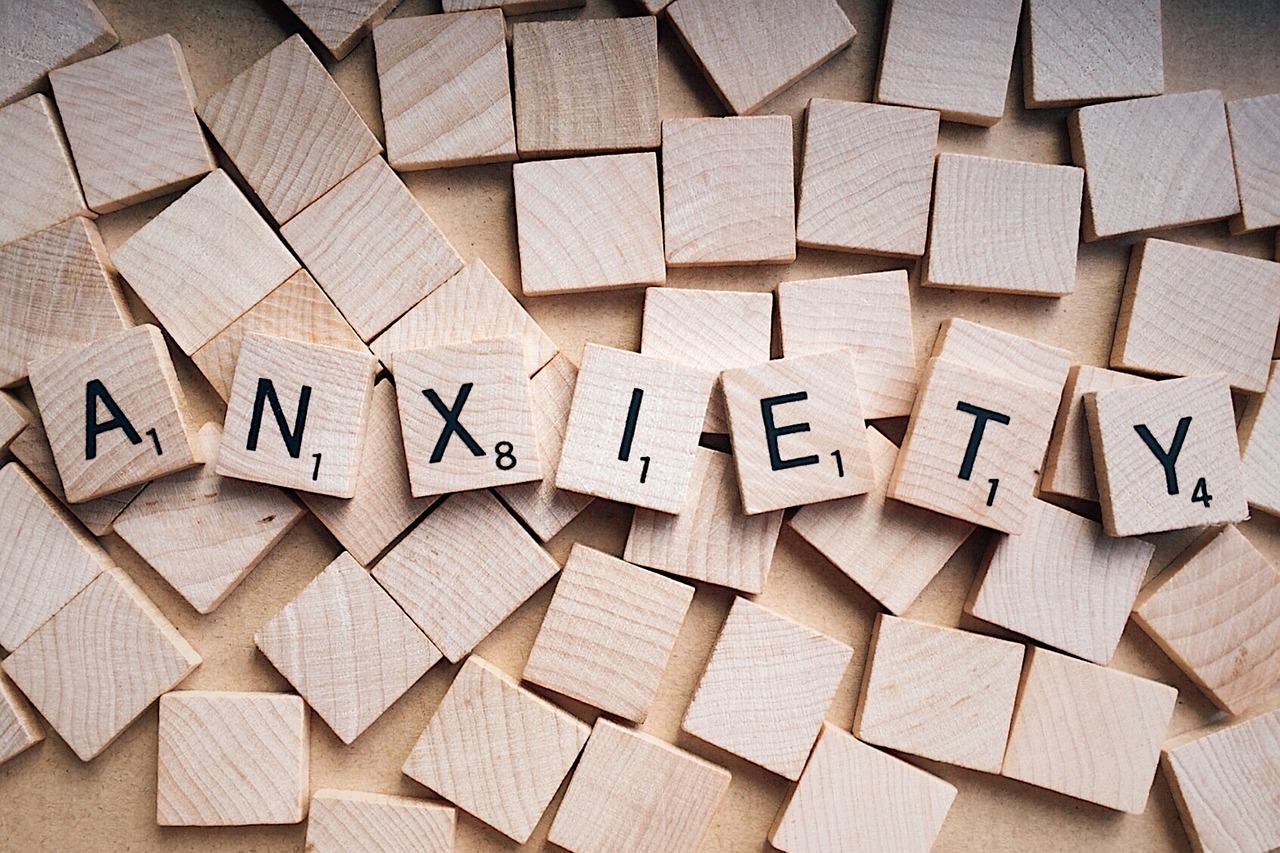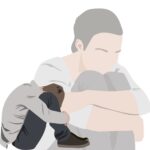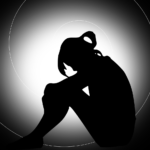Social anxiety disorder (SAD), also referred to as social phobia, is a very upsetting long-term mental illness that causes people to be afraid of going to social events because they think other people will judge them badly. People with this crippling illness are often not properly evaluated because some of the signs of SAD look like those of shyness. Normal shyness is not the same as social anxiety. Normal shyness is a normal state, but social anxiety can have detrimental consequences. This happens a lot to young people, and it can greatly affect their social development.
According to sources, people who have social anxiety disorder tend to have fewer friends and have more trouble getting along with their friends. They are less likely to get married, more likely to get divorced, and less likely to have kids. A lot of everyday things can be hard to do when one is afraid of other people, like going to stores, buying clothes, getting a haircut, and using the phone. Even though most people with social anxiety disorder have jobs, they say that their symptoms make them miss more work and be less effective. Giving speeches or shows at work may be something people avoid or even quit. People getting government benefits are 2.5 times more likely to be in this group than the general adult population. Moreover, according to the results of a survey, people with generalized SAD made 10% less money than the general community. Outpatient medical trips are also linked to social anxiety disorder.
The prevalence of social anxiety disorder is high. It has been estimated that about 12 million people have SAD. A prevalence study done in Saudi Arabia found SAD in almost 51% of the 5896 Saudi medicine students who took part in the study. Among them, 8.21% said they had severe SAD and 4.21% said they had very severe SAD. Students older than 18 had a lower chance of getting SAD. Women, students at private colleges, and students at colleges that use non-problem-based learning were more likely to get it. Also, students who had failed classes in the past and had a low GPA were much more likely to have SAD.
Additionally, a study that looked at how common social anxiety is in seven countries: the US, Vietnam, China, Indonesia, Brazil, and Russia, found that social anxiety is much more common than was thought before. More than one-third of those surveyed (36%) met the standards for having Social Anxiety Disorder (SAD). The number of people with social anxiety and how bad their symptoms did not change based on their gender, but they did change based on their age, country, job, level of schooling, and whether they lived in a city or a rural area. Also, 18% of those surveyed thought they did not have social anxiety, even though they met or passed the criteria for SAD. These statistics show that young people all over the world deal with social anxiety, and a lot of them don’t even realize how bad their problems may be. A lot of young people may be having big problems with their health and ability to work, which could be fixed with the right kind of education and help. However, to do that, one must be aware of the diagnostic features of SAD. The diagnostic criteria for SAD and its diagnostic features according to DSM 5 TR are explained next:
Diagnostic Criteria
A. A strong fear or worry about engaging in one or more social situations where others might be watching. These are examples of social interactions: talking to someone, meeting someone new, being watched while eating or drinking, and acting in front of other people: giving a speech.
Note: In the case of children, they must feel anxious when they are with their peers as well as when they are with adults.
B. The person is afraid that they will act or show anxiety signs that will make other people think badly of them, like being humiliated or embarrassed, or that they will be rejected or hurt others.
C. Most of the time, social settings make people scared or anxious.
Note: Children may show their fear or worry through crying, temper fits, freezing, clinging, shrinking, or not talking in public.
D. People avoid or go through social settings with a lot of fear or worry.
E. The fear or worry is far too high compared to the real danger that the social situation and culture bring.
F. The fear, anxiety, or avoidance does not go away and usually lasts for at least six months.
G. It is clinically significant discomfort or impairment in social, professional, or other important areas of performance because of fear, anxiety, or avoidance.
H. The fear, anxiety, or avoidance isn’t caused by the way a substance (like an illegal drug or a prescription drug) affects the body or by another medical condition.
I. It is not possible that another mental disease, like autism spectrum disorder, body dysmorphic disorder, or panic disorder causes fear, anxiety, or avoidance.
J. If there is another medical condition, like Parkinson’s disease, fat, or scarring from burns or injuries, the fear, anxiety, or avoidance has nothing to do with it and is too much.
Specify if:
Performance only: If the fear only happens when you have to speak or perform in public.
Diagnostic Features
- Social anxiety disorder can make individuals fearful or uncomfortable in social situations when others may be watching.
- Criteria A states that youngsters’ fear or anxiety must affect other kids and adults. They fear being judged poorly in these social contexts.
- The individual fears being seen as concerned, weak, insane, foolish, uninteresting, scary, dirty, or unlikable.
- The individual fears others will judge them if they act or appear a certain way or display anxiety symptoms like flushing, shivering, sweating, fumbling over words, or gazing.
- Some worry about offending others or being rejected.
- People from communities that emphasize community may worry about upsetting others by staring at them or exhibiting anxiety.
- People who fear shaking their hands may not drink, eat, write, or point in public.
- People who fear sweating may not shake hands or eat hot meals.
- Public speaking, strong lights, and personal conversations may be avoided by blushers. Some people avoid public restrooms because they are fearful of others. This is paruresis, or “shy bladder syndrome.”
- Social settings usually cause anxiety.
- A person who gets apprehensive in social circumstances occasionally does not have social anxiety disorder.
- However, dread and anxiety might vary (anticipatory anxiety vs. panic attacks).
- When someone worries every day for weeks before a party or practices a speech for days, anticipatory anxiety begins.
- In public, children may scream, throw tantrums, halt, cling, or withdraw out of fear or anxiety.
- The person avoids social situations they fear. Instead, experiences are endured with worry or anxiety.
- Avoidance may be huge (not going to parties or school) or tiny (writing down too much of a speech, focusing on other things, and avoiding establishing eye contact).
- It is determined that the dread or anxiety does not match the likelihood of being poorly appraised or its repercussions.
- When anxiety is tied to an actual threat, like being tormented or tortured, it may not be as bad. However, social anxiety sufferers sometimes exaggerate their social difficulties. This is why the therapist calls the person “out of proportion.”
- Consider the person’s social and cultural background now. Social anxiety may be acceptable in some cultures as a show of respect.
- The disruption usually lasts six months. This time constraint distinguishes the condition from common short-term social worries in children and society.
- The individual’s dread, anxiety, and avoidance must interfere with their everyday life, education, job, social life, or relationships or cause clinically substantial suffering.
- If they seldom speak in public at work or school and it does not bother them, someone who is terrified of it would not have social anxiety disorder.
- However, criteria G is satisfied if the individual avoids or gets rejected for their dream career or school due to social anxiety.
Storybook: If you wish to see a representation of social anxiety in an individual, do check out this story.
I am a passionate and knowledgeable psychologist, with a Master of Philosophy (MPhil) in Psychology specializing in Counseling Psychology. Through my writing, I share my insights and thoughts on various psychiatric disorders, conduct analysis on films that touch on psychological issues, and explore other topics related to psychology, while also providing valuable information to psychology enthusiasts, students as well the general community.





